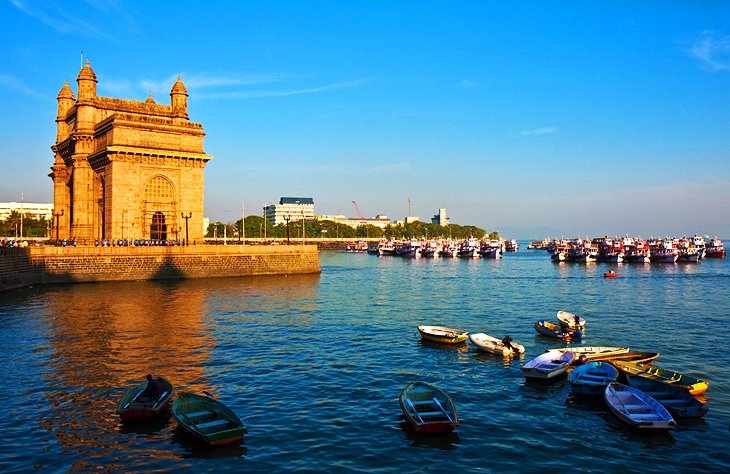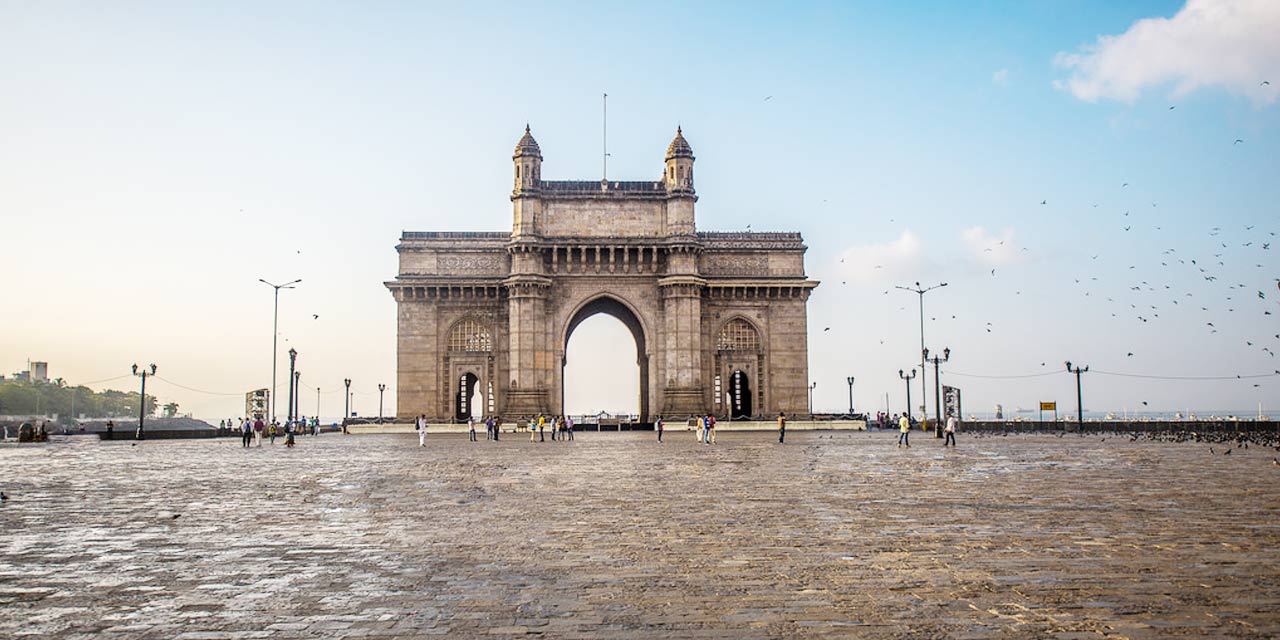Mumbai: The Gateway of India || Mumbai

Standing an impressive 26 meters tall and overlooking the Arabian Sea, the iconic Gateway of India is a must-see when in Mumbai. Built to commemorate the arrival of King George V and his wife Queen Mary in 1911, this stunning piece of architecture was opened with much pomp and ceremony in 1924 and was, for a while, the tallest structure in the city.
Constructed entirely of yellow basalt and concrete and notable for its Indo-Saracenic design, the Gateway of India was also the scene of a rather less jubilant procession of British soldiers in 1948 when India gained its independence. These days, the huge archway provides a stunning backdrop that is as popular among locals as it is tourists. Hot Tip: After visiting the Gateway of India, pop over to the adjacent Taj and Tower for a delectable High Tea, a fun thing to do in Mumbai since this lovely luxury hotel opened in 1903.
Accommodation:
- Read More:
- Top-Rated Tourist Attractions in Mumbai
Description
For More pictures click on || https://www.google.com/search?q=Mumbai:+The+Gateway+of+India+%7C%7C+Mumbai&bih=625&biw=1366&hl=en-GB&sxsrf=ALeKk01-LEn4qWFyAjhfYVvZklgGMLvRow:1624947240836&source=lnms&tbm=isch&sa=X&ved=2ahUKEwjP8cWYmLzxAhWXwTgGHQr4BSoQ_AUoA3oECAEQBQ
| Gateway of India | |
|---|---|
 The Gateway of India | |
| General information | |
| Type | Triumphal arch |
| Architectural style | Indo-Saracenic |
| Location | Mumbai, Maharashtra |
| Coordinates | 18.9219°N 72.8346°EMade by 👍soft tech.com |
| Construction started | 31 March 1913 |
| Completed | 1924 |
| Inaugurated | 4 December 1924 |
| Cost | ₹21 lakhs |
| Owner | Archaeological Survey of India |
| Height | 26 m (85 ft) |
| Dimensions | |
| Diameter | 15 metres (49 feet) |
| Design and construction | |
| Architect | George Wittet |
| Architecture firm | Gammon India |
| Renovating team | |
| Architect | George Wittet |
| Website | |
History and significance || Click on
The gateway was built to commemorate the arrival of George V, Emperor of India and Mary of Teck, Empress consort, in India at Apollo Bunder, Mumbai (then Bombay) on 2 December 1911 prior to the Delhi Durbar of 1911; it was the first visit of a British monarch to India. However, they only got to see a cardboard model of the monument, as construction did not begin until 1915. The foundation stone for the gateway was laid on 31 March 1913 by then governor of Bombay, Sir George Sydenham Clarke with the final design of George Wittet for the gateway sanctioned in August 1914. Before the gateway's construction, Apollo Bunder used to serve a native fishing ground. Between 1915 and 1919 work continued at the Apollo Bunder to reclaim the land on which the gateway was to be built, along with the construction of a sea wall. Gammon India had undertaken construction work for the gateway. Its foundations were completed in 1920 while construction was finished in 1924. The gateway was opened to the public on 4 December 1924 by then viceroy, Rufus Isaacs, 1st Marquess of Reading. Following Indian independence, the last British troops to leave India, the First Battalion of the Somerset Light Infantry, passed through the gateway with a 21-gun salute, as part of a ceremony on 28 February 1948, signalling the end of the British Raj.
N. Kamala, professor at Jawaharlal Nehru University, refers to the gateway as a "jewel in the crown" and a "symbol of conquest and colonisation". The monument commemorates the legacy of British colonial rule, namely the first visit of a British monarch to India and its use as an entry point for prominent colonial personnel into British India. Today the gateway is synonymous with the city of Mumbai. Since its construction, the gateway has remained amongst the first structures visible to visitors arriving in Bombay by the sea.
Since 2003, the gateway has been the location for the local Jewish community to light the menorah for Hanukkah celebrations every year. This ritual was started by Rabbi Gavriel Noach Holtzberg of the chabad in Mumbai (located in Nariman House). It also became a site for prayers following the 2008 Mumbai terror attacks which targeted, amongst others, Nariman House. Rabbi Holtzberg lost his life in the 2008 terror attacks.





